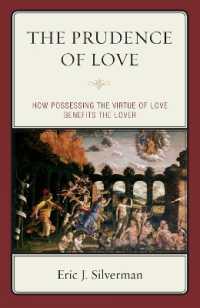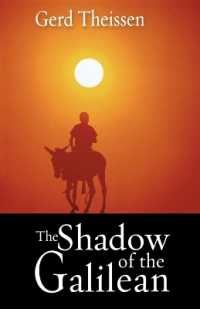Full Description
Winner of the British Society of Criminology 'Criminology Book Prize 2012'
This book uses transcripts from real UK police interviews, investigating previously unexplored and under-explored areas of the process. It illustrates the way in which police and suspects use language and sounds to inform, persuade and communicate with each other. It also looks closely at how interactional tools such as laughter can be used to sidestep the legal boundaries of this setting without sanction.
The work reveals the delicate balance between institutional and conversational talk, the composition and maintenance of roles and the conflicts between the rules of interaction and law. The analyses offer detailed insights into the reality behind the myth and mystique of police interviews and contain findings which have the potential to inform and advance evidence-based police interview training and practice.
Contents
List of figures \ List of extracts \ 1.Overview \ 2. An introduction to police interview research, policing and recorded evidence \ 3. An introduction to conversation analysis; history and practice \ Part 1: Laughter \ 4. Buttressing innocence and challenging the officer: suspect laughter in the interview \ 5. Officer laughter: challenging the suspect and breaking the rules \ Conclusion to Part 1\ Part 2: The silent participant \ 6. The silent participant: Institutional constraints, semantic and legal redundancy \ 7. The silent participant: Uninitiated third turns \ Conclusion to Part 2 \ Part 3: Confessions \ 8. Confessions: Knowledge claims \ 9. Confessions: Minimisation \ Conclusion to Part 3 \ Chapter 10. Conclusion \ Appendix I. Transcription convention glossary \ Appendix II. Additional transcript excerpts \ Appendix III. Glossary of technical terms \ Appendix IV. Extract from The Bill script \ References \ Notes \ Index








